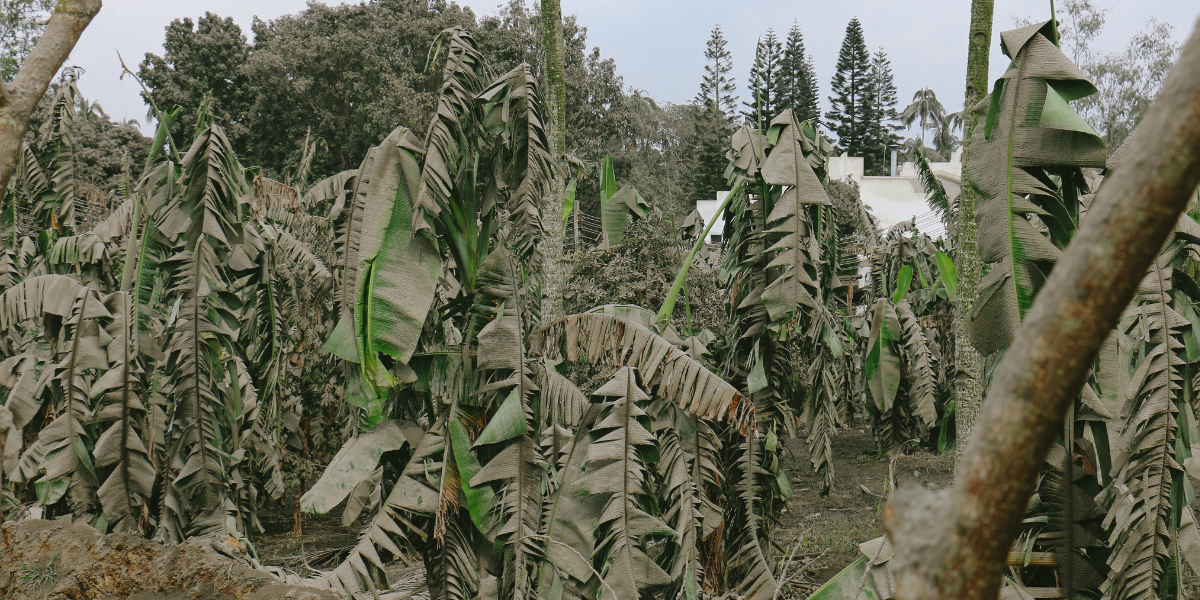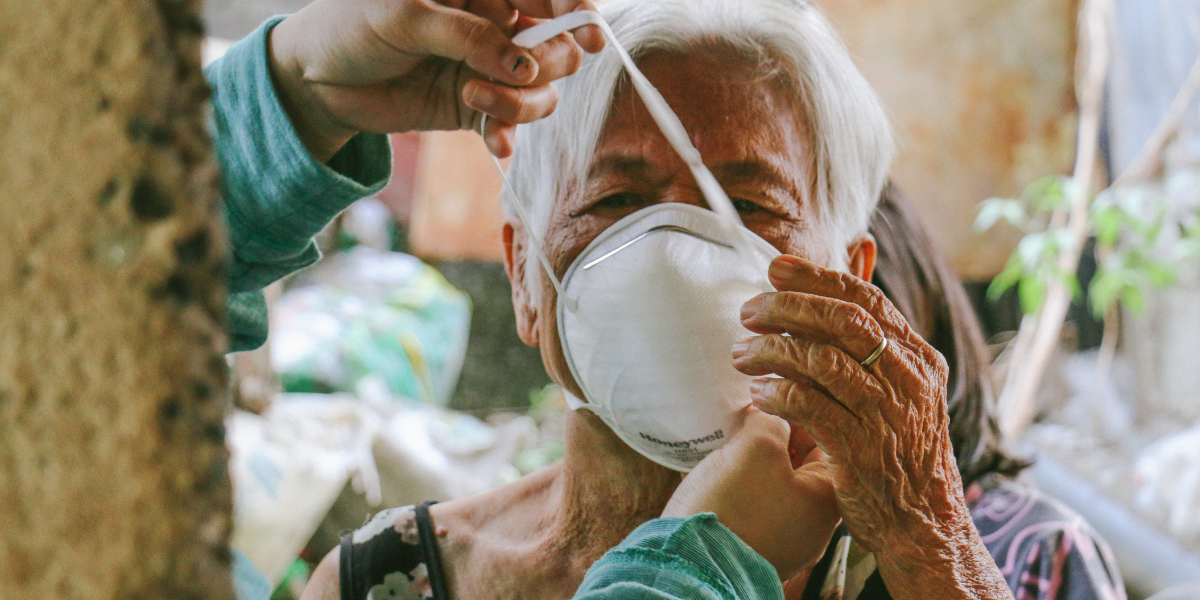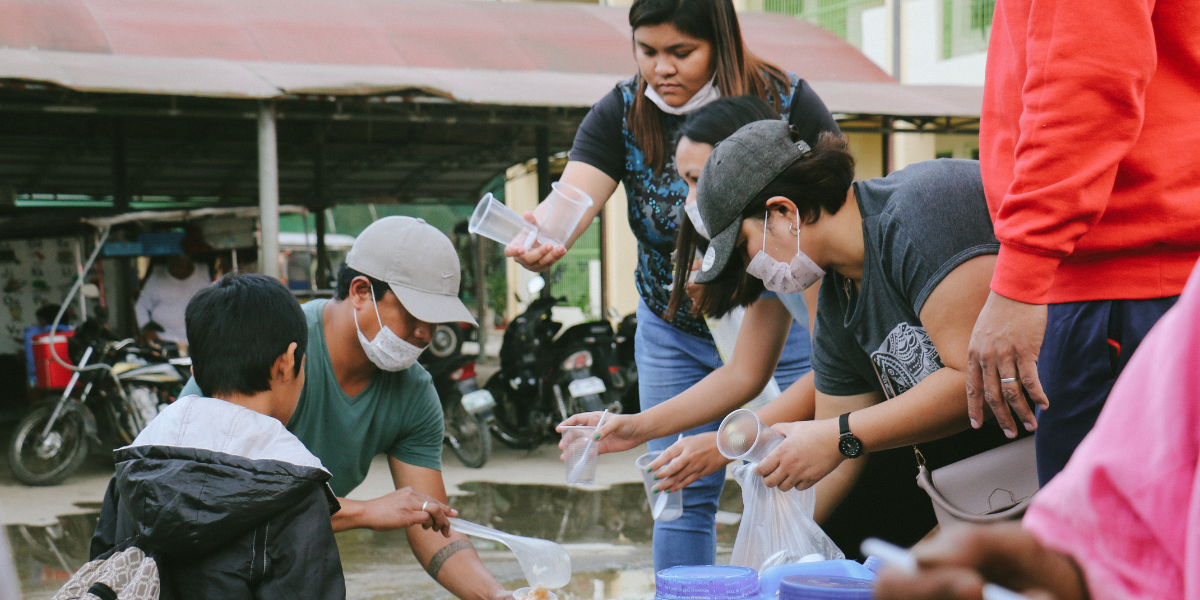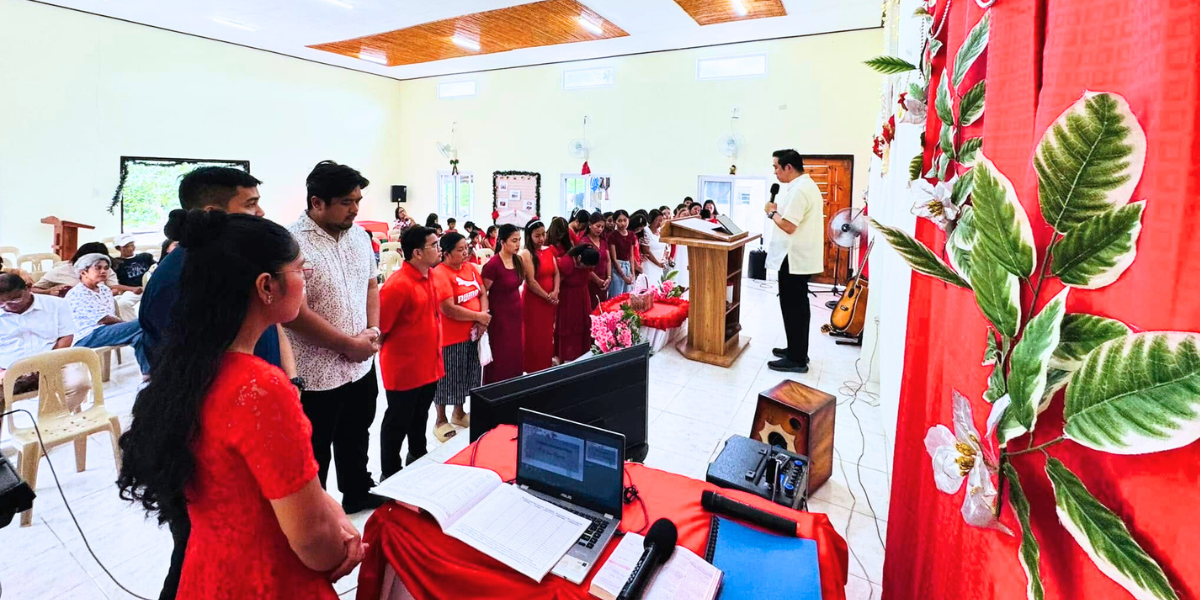January 12, 2020, will forever be etched in the memories of the residents of Batangas province in the Philippines. Taal Volcano, a picturesque natural wonder surrounded by a serene lake and a favorite tourist attraction, transformed from a tranquil beauty into a source of unimaginable destruction. The volcano, known for its deceptive calm, had been silently building pressure. And on that fateful day, it erupted with brutal force.

The eruption sent a massive plume of ash and smoke into the sky, blanketing the surrounding area in a thick layer of volcanic ash. "We were up there, it was so dark. There was thunder, lightning, and earthquakes," recalled one resident, describing the terrifying moments as nature unleashed its fury. Panic set in as families fled their homes, desperate to escape the suffocating ashfall. "As we walked, we were chased by dust and volcanic ash. We smelled of sulfur as we walked from Payapa to Tagaytay," another survivor recounted, painting a harrowing picture of their escape.
More than 316,000 individuals were affected by the violent outburst, but the 21,954 families living within the government-designated permanent danger zone bore the brunt of the catastrophe. Their homes, covered in ash, were damaged, and their lives were turned upside down. In the aftermath, many faced uncertainty, not knowing what lay ahead. "We did not know where to go, whether our children would be okay or if they could continue with their studies. We were always worried if we would have a place to return to after what happened,” shared another affected resident.

The Southern Tagalog District Church of the Nazarene sprang into action in the wake of the disaster. The response effort was made possible by the resources provided by Nazarene Compassionate Ministries. The relief efforts were multifaceted, aiming to address the immediate and long-term needs of the affected communities.
During this time of struggle, hope arrived in the form of people who genuinely cared. "We got to know the Church of the Nazarene," said one community member. "They visited us and came to our homes, which were completely destroyed during that time. They prayed for us during their first visit. On their second visit, they brought relief goods, including notebooks for school. Then they even cooked for us when they visited us again. They gave us roofing sheets, and by the grace of God, with their help and the help of others, we were able to come back and recover our community here in Barangay Banyaga."

The response was comprehensive, encompassing cleanup campaigns to remove the ash that had settled like a suffocating blanket over the land. Crisis care kits and food items were distributed to ensure that the basic needs of the affected families were met. Building materials were provided to repair the damaged houses, offering a glimmer of hope amid the devastation. These efforts were carried out over the span of a year. During this time, relationships were forged, and a sense of community was rebuilt.
Amid the ongoing relief efforts, a missions team was formed. This dedicated group of individuals visited the affected communities weekly, offering support, comfort, and hope. The presence of the missions team’s members was a beacon of light in the darkness, and their efforts began to yield fruit in the form of strengthened bonds and a renewed sense of purpose among the residents.
The culmination of these tireless efforts reached a turning point in December 2024. On December 8, the Church of the Nazarene in Banyaga, Agoncillo, was officially organized. The church symbolized resilience, faith, and the indomitable human spirit. Rev. Jun Joseph Macas, the district superintendent, conducted the official organization of the church, with Rev. Cedric Levi Cuanang serving as the senior pastor and Rev. Aljon Requiero as the associate pastor.

The journey to this momentous day was not easy. It was marked by countless challenges, setbacks, and moments of doubt. Yet, through it all, the community remained steadfast, drawing strength from their faith and each other. The church that emerged from the volcanic ashes was more than just a building; it was a testament to the power of hope and the unyielding spirit of the people who refused to be defeated by adversity.
The story of this church is one of transformation and renewal. It is a story of how a community came together in the face of disaster, rebuilt their lives brick by brick, and found solace and strength in their faith. The church stands as a beacon of hope, a reminder that even in the darkest of times, there is always the promise of a new beginning.
Today, the Church of the Nazarene in Banyaga, Agoncillo, continues to serve as a pillar of the community. It provides spiritual guidance, support, and a sense of belonging to all who walk through its doors. The church's outreach programs and community initiatives have become a source of inspiration, fostering a spirit of unity and compassion that extends far beyond its walls.
As the sun sets over the tranquil lake surrounding Taal Volcano, the church stands tall, a symbol of resilience and hope. To this day, the journey from the ashes has been remarkable, and the story of this church serves as a powerful reminder that even in the face of the most daunting challenges, the human spirit can rise, rebuild, and flourish.
This story taken from the most recent issue of NCM Magazine. Read the rest of the issue here.





